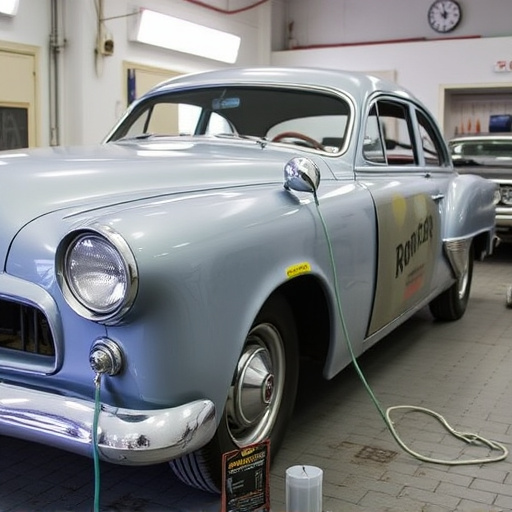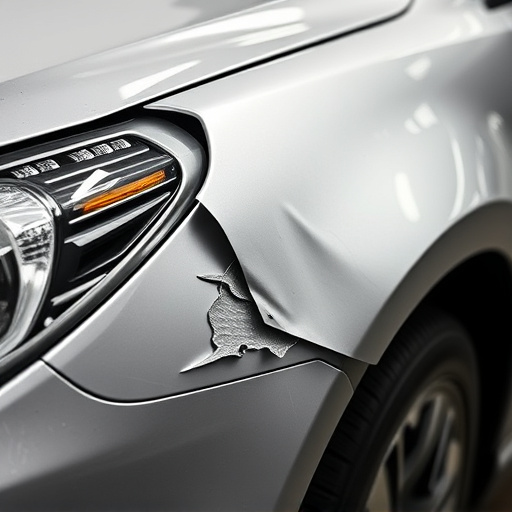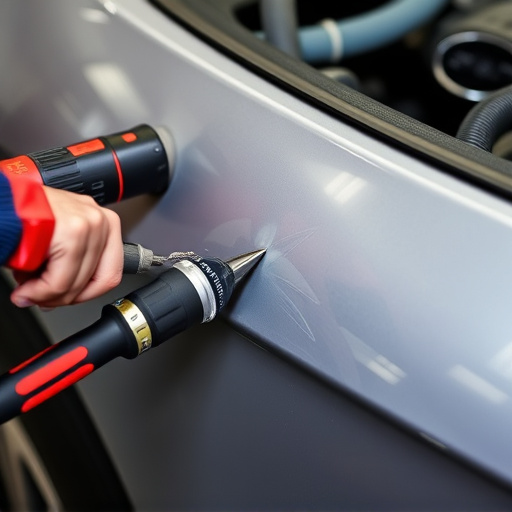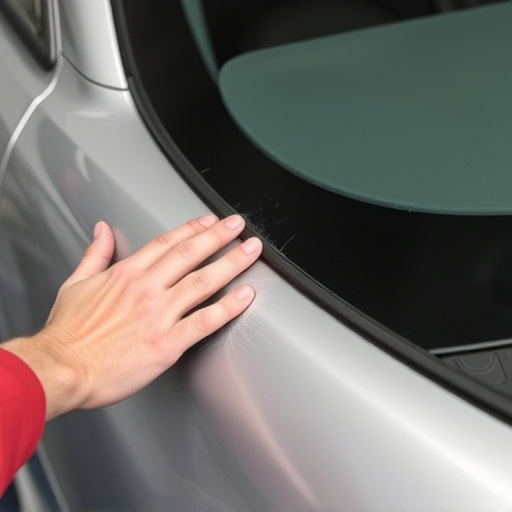Transparency in the automotive service industry, especially during complex repairs like collision or hail damage, builds consumer trust and satisfaction. Clear communication about damage assessment, solutions, and costs empowers customers to make informed decisions, enhancing accountability and fostering long-term relationships with repair shops. This transparent repair process is crucial for managing warranty claims successfully and solidifying a shop's reputation as a reliable service provider.
In today’s digital age, transparency in the repair process is paramount to fostering consumer trust. With a growing market for repair services, understanding and prioritizing clear communication are essential. This article explores the significance of transparency in warranty handling, delving into how it builds consumer confidence. We’ll examine key roles, best practices, and the overall impact of a transparent repair process, ultimately highlighting its importance in a competitive market.
- Understanding Consumer Trust in Repair Services
- Key Role of Transparency in Warranty Claims Processing
- Best Practices for Transparent Repair Process Communication
Understanding Consumer Trust in Repair Services

Building consumer trust is paramount in the automotive service industry, especially when it comes to intricate processes like vehicle collision repair or even as simple tasks as an auto glass replacement. Transparency in the repair process plays a pivotal role in fostering this trust. Customers need assurance that their vehicles are being handled with care and that every step of the repair process is straightforward. A transparent approach ensures they understand the extent of damage, proposed solutions, and associated costs, empowering them to make informed decisions.
When consumers perceive transparency as a priority, it fosters a sense of reliability and confidence in the service provider. This trust is crucial for maintaining long-term customer relationships, especially after significant events like an accident. For instance, clear communication about dent removal techniques or explaining how vehicle paint jobs are handled during collision repair can alleviate customer concerns, ensuring they feel involved and understood throughout the entire process.
Key Role of Transparency in Warranty Claims Processing

In the realm of warranty handling for collision repair services or hail damage repair, transparency emerges as a cornerstone that fosters trust and satisfaction among customers. A transparent repair process empowers individuals to make informed decisions by providing clear insights into every step of their vehicle’s restoration journey. This clarity is pivotal in building strong relationships between repair shops and clients, ensuring everyone is aligned on expectations and outcomes.
When fleet repair services adopt transparency, it enhances accountability. Customers can trace the progress of their claims, scrutinize the quality of materials used, and understand the expertise applied to each fix. Such openness reduces ambiguity, quells uncertainties, and ultimately strengthens the bond between businesses and their clientele. This is especially crucial in dealing with complex cases, ensuring every detail is communicated effectively throughout the entire process.
Best Practices for Transparent Repair Process Communication

Effective communication is the cornerstone of any successful warranty claim process, especially when it comes to transparent repair process handling. Car repair shops and bodywork services must strive for open and clear interactions with their clients throughout every step of the repair journey. This starts with an initial consultation where mechanics should explain the identified issues, proposed solutions, and estimated costs accurately. Clients should feel comfortable asking questions and understanding the entire process without any hidden agenda or complex jargon.
Additionally, keeping clients informed during ongoing repairs is vital. Regular updates on progress, including any challenges or changes in scope, ensure trust and satisfaction. For instance, if a car requires frame straightening due to an accident, the shop should communicate the reason, provide a timeline for the process, and inform the client about potential adjustments to the initial warranty coverage. This level of transparency builds a positive relationship, encourages client retention, and strengthens the reputation of the car repair shop as a reliable service provider.
Transparency in the repair process is not just a best practice—it’s a cornerstone of building and maintaining consumer trust. By implementing clear, consistent communication throughout warranty claims processing, repair service providers can ensure customers feel informed and valued. Adopting best practices for transparent repair process communication fosters confidence, strengthens customer relationships, and ultimately drives business growth in today’s competitive market. Remember that a truly transparent approach sets your service apart as a reliable, trustworthy option for consumers.













